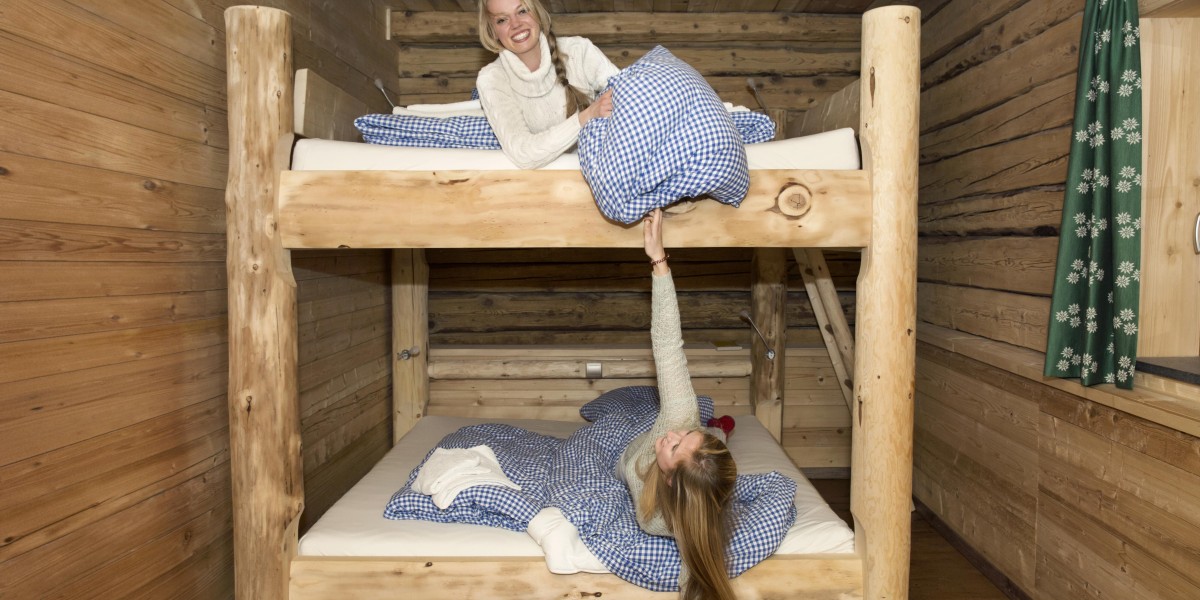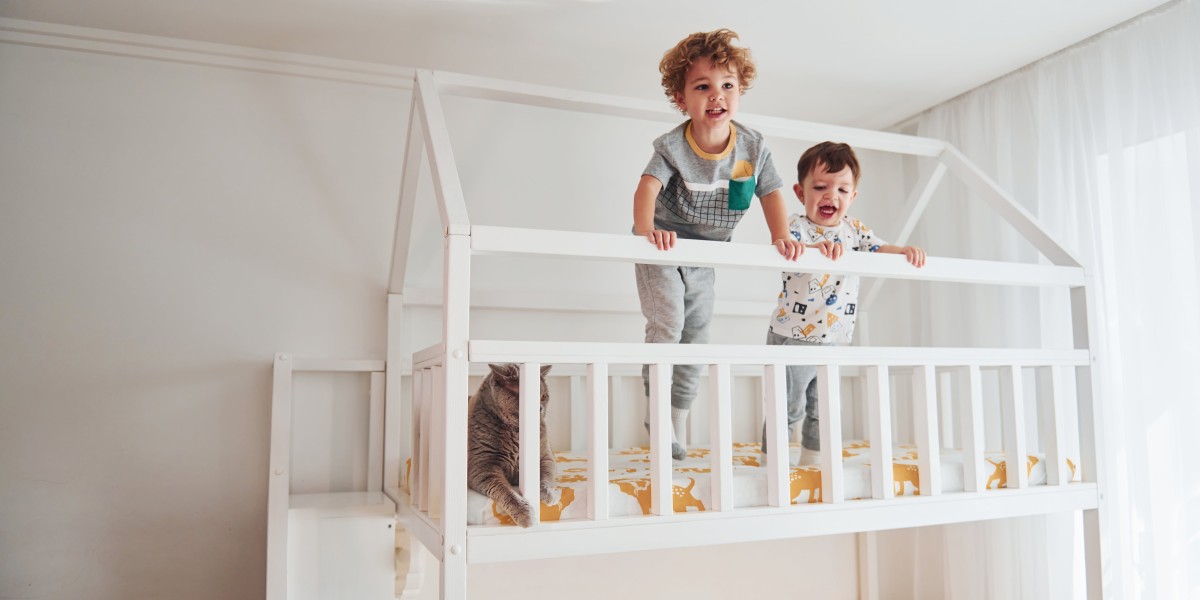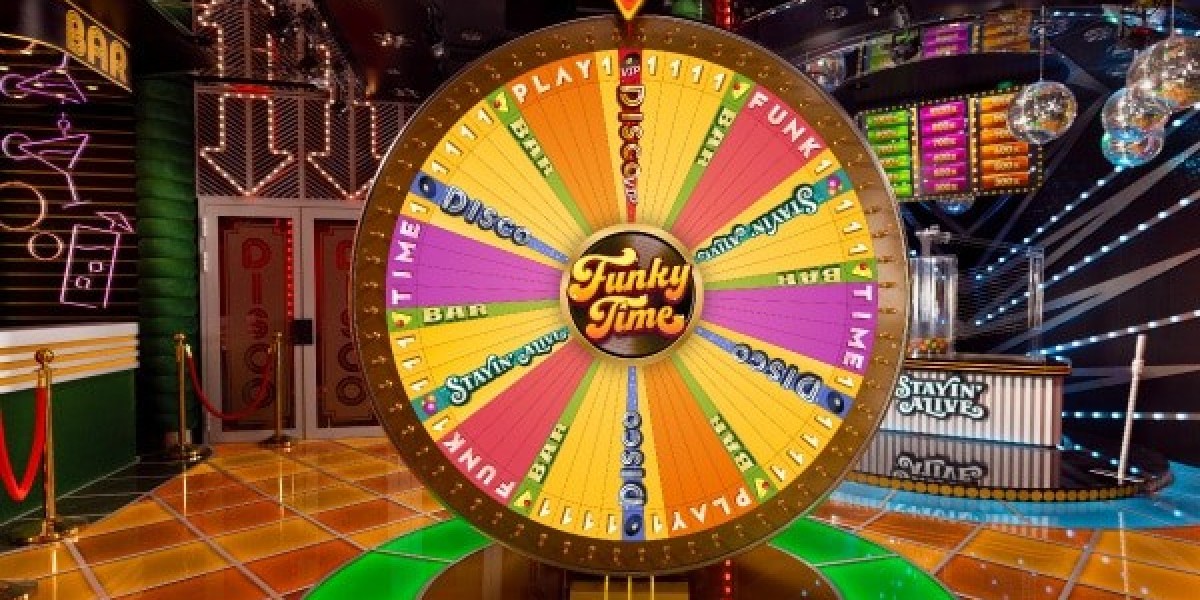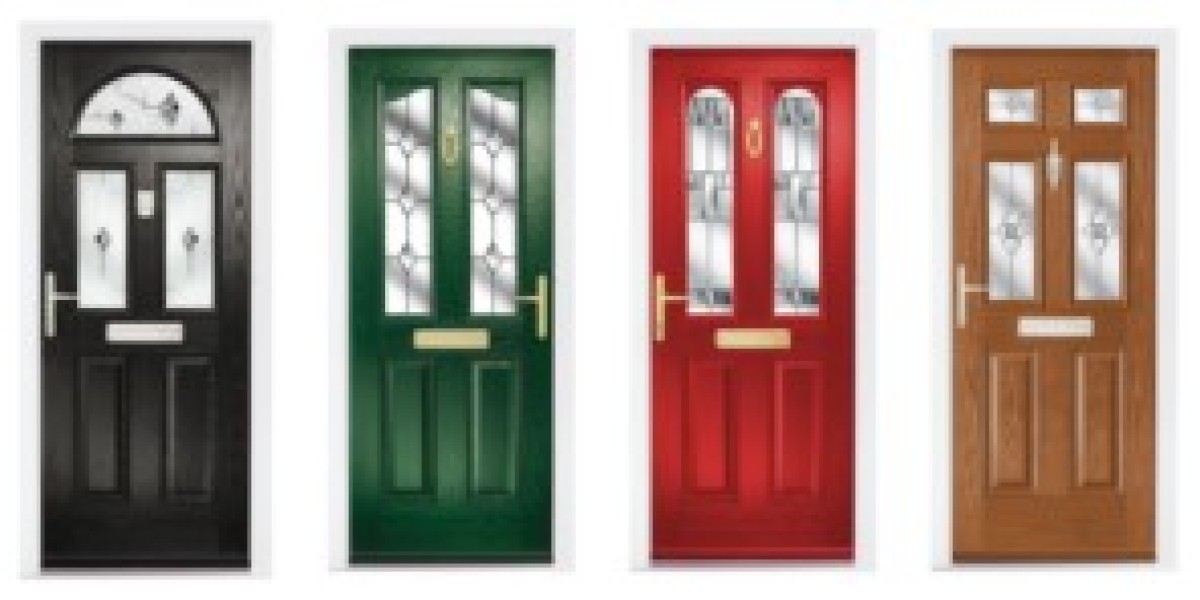The Ultimate Guide to Kids Bunk Beds: Safety, Styles, and Selection
Kids' bunk beds are a useful and popular solution for making the most of space in kids's rooms. Not just do they offer sleeping arrangements for siblings or pajama party visitors, but they can likewise work as an enjoyable and imaginative home for young travelers. This post checks out the types, benefits, safety considerations, and selection suggestions for kids' bunk beds while answering some regularly asked questions.
What Are Kids Bunk Beds?
Kids' bunk beds been available in different designs, designs, and products. Generally, they consist of two or more beds stacked vertically, which can conserve space and enable more room for play. With different setups, including L-shaped, lofted beds with desks beneath, and convertible models that can separate into single beds, parents have adequate choices to select from.

| bunk bed for kids Bed Type | Description |
|---|---|
| Conventional Bunk Beds | 2 beds stacked one on top of the other. |
| Loft Beds | One raised bed with space below for play or a desk. |
| Triple Bunk Beds | Three beds stacked vertically or set up in an L-shape. |
| Futon Bunk Beds | A bed sale on bunk beds top with a fold-out couch or futon below. |
| L-shaped Bunk Beds | Beds set up in an L-shape, offering additional space. |
Advantages of Kids Bunk Beds
Investing in a bunk bed for children comes with many benefits:
Space Saving
- Efficient Use of Space: Bunk beds stack vertically, decreasing the footprint in a space.
- Bonus Play Area: The space below can be used for additional activities or storage.
Economical
- Double Functionality: A bunk bed can satisfy of two different beds without requiring double the floor space.
- Long-lasting Use: Many designs are convertible or can shift into separate beds as kids grow.
Fun and Imagination
- Adventurous Appeal: Kids are frequently drawn to the principle of climbing to their beds, including an enjoyable element to bedtime.
- Themed Options: Many bunk beds come in numerous designs, like castles or pirate ships, promoting creative play.
Security Considerations
While bunk beds provide various advantages, safety is a main concern for parents. Here are some safety pointers to bear in mind:
- Guardrails: Ensure the leading bunk has sturdy guardrails on both sides to prevent falls.
- Height Limitations: Check if the bed's height is ideal for your kid's age. Generally, they are not recommended for children under 6.
- Weight Limits: Respect the producer's guidelines for weight limitations to prevent structural issues.
- Durable Ladders: Inspect the ladder for stability and ensure it is available for kids to utilize safely.
- Routine Checks: Periodically check for loose screws or structural integrity problems.
Selecting the Right Bunk Bed
When choosing a bunk bed for children, consider these key elements:
Material
- Wood: Offers conventional sturdiness and aesthetic appeal.
- Metal: Lightweight and typically offered in contemporary designs.
- Composite: Cost-effective, these materials can be strong but might have restrictions on longevity.
Design
- Design: From timeless to modern, select a style that fits your kid's room design.
- Performance: Consider whether extra functions like storage, desks, or futons are necessary.
Size
- Room Dimensions: Ensure the bunk bed fits comfortably in the space, leaving space for other furniture.
- Bed mattress Size: Standard sizes (twin, full) dictate the option of mattress and bed linen.
Assembly
- Ease of Setup: Some designs need more complex assembly; think about future relocations.
- Instruction Quality: Look for beds with clear guidelines for problem-free setup.
Budget
- Affordability: Review your spending plan, bearing in mind that much better products and additional features may raise expenses.
Frequently Asked Questions About Kids Bunk Beds
Q: At what age can my kid safely sleep in a leading bunk?
A: It is typically advised that children be at least 6 years of ages before oversleeping the top bunk due to height and security concerns.
Q: Can I convert a bunk bed into different beds?
A: Many bunk beds are designed to be convertible, allowing you to separate them into private beds as children grow.
Q: How do I guarantee my child's safety on a bunk bed?
A: Always utilize guardrails, frequently examine structural stability, and guarantee that the bed is properly sized for their age.
Q: What devices do I require for a bunk bed?
A: Consider guardrails, a strong bed mattress, ornamental bed linen, and storage options for toys or clothes.
Q: Do cheap childrens bunk beds beds require special mattresses?
A: It's advisable to use a bed mattress that fits comfortably within the bed frame-- prevent oversized bed mattress that might compromise safety.
Kids' bunk beds act as a practical and enjoyable sleeping solution that can boost any kid's bed room. By understanding the advantages, safety factors to consider, and selection ideas, parents can make informed choices that deal with their kids's needs. With the best option, a bunk bed can end up being a treasured part of childhood-- imparting fun, adventure, and memories for years to come.









